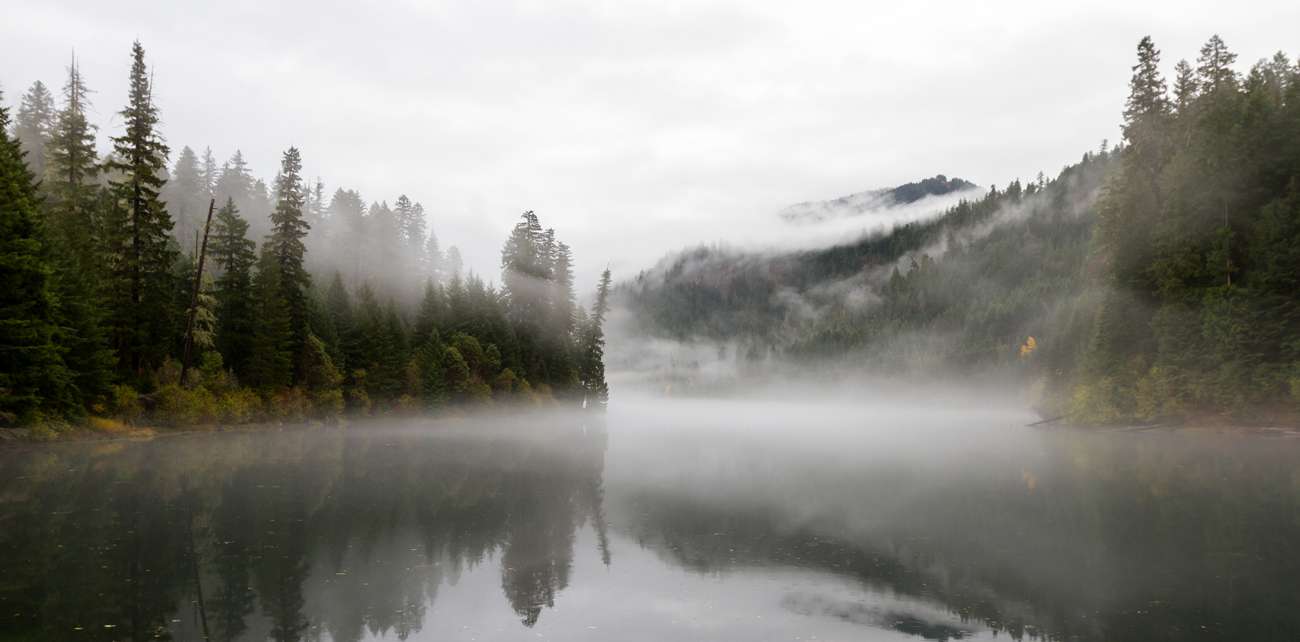
How to live a greener life . . .
Following on from my People Profile in February, I’m now pleased to be writing a monthly article on various aspects of sustainable living as well as straightforward information to help us all get our heads around climate science (don’t panic!).
I’m a firm believer that understanding what’s going on helps us all to move forwards from a perspective of knowledge – and that’s empowering. None of us is perfect but everything we do to change our lifestyles bit by bit (and pressuring for change) helps – so in the coming months I’ll be giving you suggestions about how to help your footprint on the Earth to be a little lighter…but first, some of that science…
What’s the difference between weather and climate?
First and foremost: weather is not the same as climate! We’re all only too familiar with how unpredictable weather is, whereas climate predictions are based on observations and patterns taken over decades, much like we can accurately predict the average lifespan of men and women in the UK.
Isn’t the greenhouse effect a natural process?
Well yes – in simple terminology, the temperature of the Earth is (until industrialisation –it had been stable for the past 800,000 years) a balance between energy coming into the Earth (solar radiation) and the energy leaving the Earth and escaping into outer space.
In our atmosphere, not all thermal radiation emitted by the Earth reaches outer space as part of it is absorbed and reflected back to the Earth’s surface by greenhouse gas molecules and cloud (much like heat getting trapped within a greenhouse). This is important as without this the planet would be about 30 degrees Celsius cooler! As such, the natural greenhouse effect is part of a balanced transfer of energy at the Earth’s surface and in our oceans, however, we have forced this balance to change leading to warming that’s out of balance (even though some of the greenhouse gases are naturally occurring gases eg. carbon dioxide, methane and nitrous oxide). This is the climate change that scientists are referring to.
Which greenhouse gases are causing climate change?
Carbon dioxide: carbon is stored underground, in our oceans and of course in trees and plants – it’s never destroyed and before we used it for our energy the carbon cycle was, as I’ve mentioned above, pretty well balanced and remained constant – but we’ve removed it from its underground storage, pumped it into the atmosphere – and tipped the balance. Deforestation as well has, and is intensifying this problem.
Methane is the second most important greenhouse gas, approximately 40% of which is emitted into the atmosphere via natural sources like wetlands but about 60% is emitted as a result of cattle breeding (meat and dairy production), rice agriculture, fossil fuel exploitation, landfills and biomass burning. Worryingly, it has 20-30 times the heating effect of carbon dioxide on the planet and it has more than doubled in our atmosphere since pre-industrial times.
Although Nitrous Oxide only contributes about 6% to the imbalanced greenhouse effect, it stays in the atmosphere for over a hundred years and is nearly 300 times more potent than carbon dioxide – it’s also the gas that’s contributing to the destruction of the ozone layer which of course protects us from the harmful rays of the sun.
Finally, we have the man-made fluorinated gases which are used in lots of ways including as refrigerants, air conditioning, in solvents, aluminium and magnesium production. Many of them have a huge global warming potential (approximately 23,000 times more potent than carbon dioxide – and they can stay in the atmosphere for up to 50,000 years).
www.facebook.com/howtoliveagreenerlife
by Sharon Duggan











